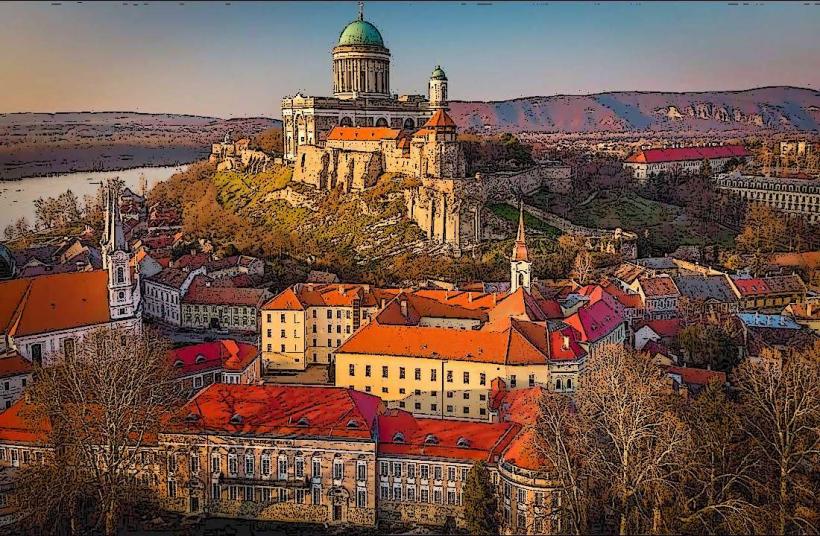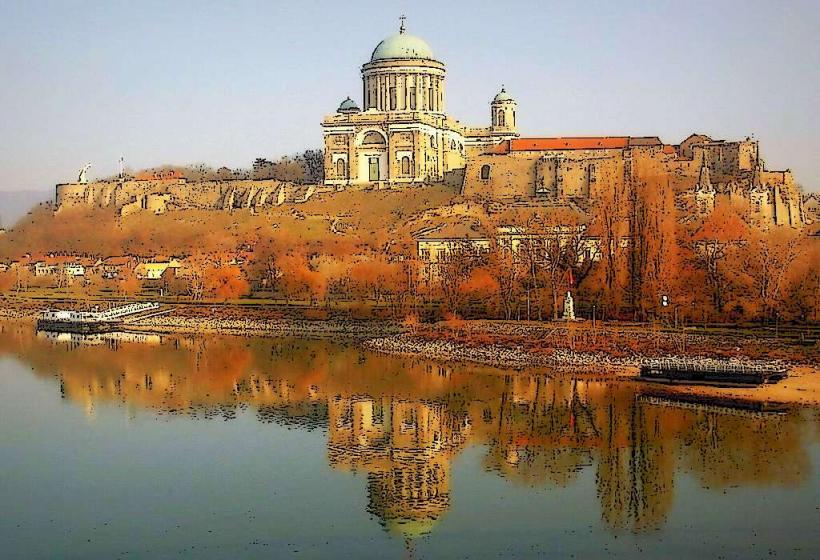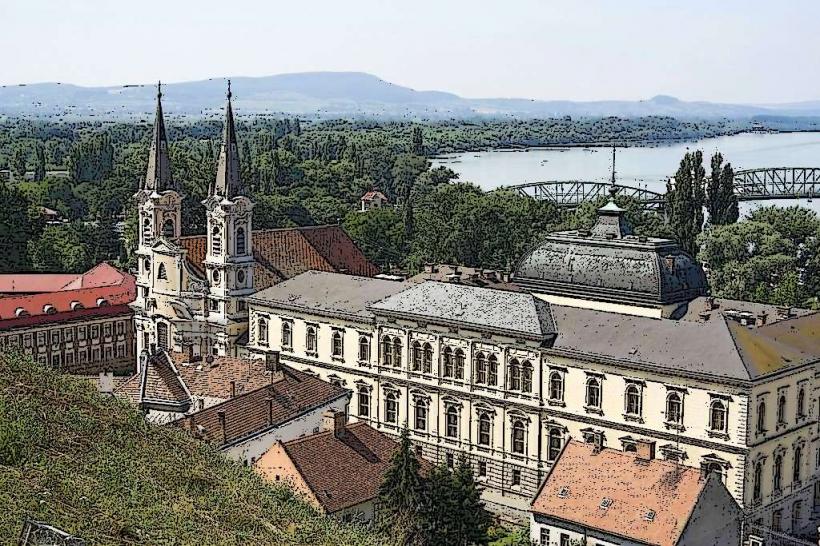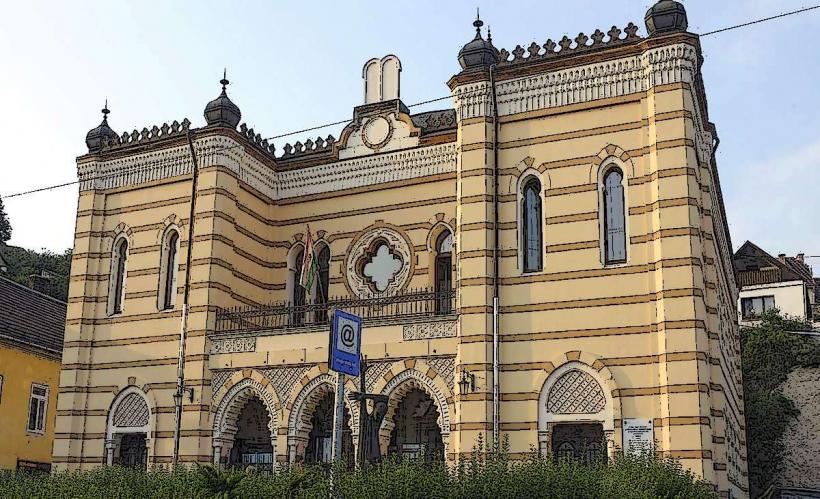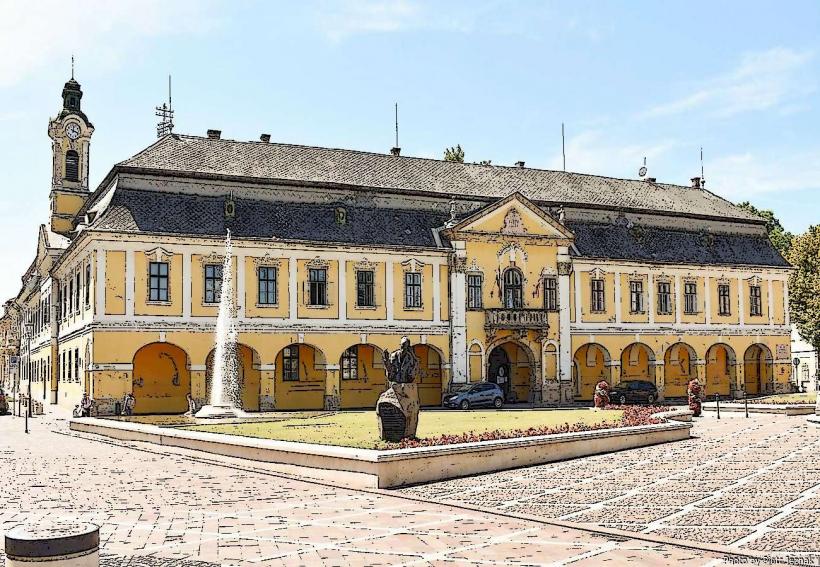Information
Landmark: Archaeological ParkCity: Esztergom
Country: Hungary
Continent: Europe
Archaeological Park, Esztergom, Hungary, Europe
Overview
In Esztergom, Hungary, the Archaeological Park invites visitors to step into the region’s ancient past, where weathered stone walls still whisper stories from centuries ago, moreover it stands in one of Hungary’s oldest lived‑in districts, where you can still trace Esztergom’s deep archaeological roots-layers of history reaching back to Roman times and even before.The Archaeological Park of Esztergom sits just below Castle Hill (Várhegy), a storied rise where people have built and rebuilt their homes since prehistoric times and the days of Rome, its stones still warm in the afternoon sun, simultaneously the park invites visitors to wander among archaeological ruins and view exhibits that trace the city’s story across thousands of years, from its earliest foundations to the stone walls and towers of its medieval and Renaissance stronghold.People have lived in the Esztergom area since ancient times, from the days of prehistoric hunters to the Roman legions marching along the river’s edge, at the same time archaeologists have found that Celtic and later Roman settlers lived here long before it grew into a thriving early medieval hub, and the Roman presence-marked by worn coins and weathered stone walls-stands out as especially crucial.Back in the days of the Roman Empire, the settlement near Esztergom went by the name Solva, serving as a busy military post and trading hub on the wide, fleet-moving Danube River, moreover the Archaeological Park displays Roman-era finds-weathered tools, clay pots, and tarnished coins-unearthed from the site, and also reveals Esztergom’s medieval past, when the city thrived as the heart of the Hungarian Kingdom.Home to the Archbishop of Esztergom-the kingdom’s top religious leader-the area once pulsed with political and spiritual influence, meanwhile today, you can wander past weathered stone walls, fragments of medieval halls, and other echoes from its days as a powerful capital.The Archaeological Park offers more than just exhibits; it’s a working dig where fresh discoveries still rise from the soil, while archaeologists keep making fresh discoveries, revealing how people once cooked, traded, and lived in the area across different eras, kind of Among the standout finds are Roman baths with worn stone steps, crumbling buildings, and classical cemeteries that help reconstruct the settlement’s history, what’s more at the Archaeological Park, visitors can meander past active excavation sites, study the exposed foundations, and watch how researchers carefully unearth fragments of the past.At the open-air museum, you can watch archaeologists at work, brushing soil from ancient stones, and uncover artifacts from many eras, at the same time one highlight is the Roman ruins of Solva-fragments of buildings, worn streets, and the remnants of public baths that once bustled with life.These ruins offer a vivid behold at the daily lives of the Romans who once lived here, from intricate floor mosaics to weathered stone walls still cool to the touch, and the park also holds the crumbling remains of medieval fortifications and other relics from Esztergom’s vibrant Middle Ages, also among them are stretches of the ancient castle walls and churches that once stood at the heart of the city’s story.As far as I can tell, Inside the park, you can step into quiet exhibition rooms and glimpse artifacts unearthed from the soil-worn pottery, weathered coins, simple tools still bearing the marks of use by the people who called Esztergom home for centuries, moreover detailed signs and vibrant multimedia displays often accompany the exhibits, helping visitors connect with the stories behind them.At the Archaeological Park, you can also join hands-on workshops and engaging programs designed for both students and curious travelers, as well as these programs bring the region’s history to life with hands-on activities like sifting soil for pottery shards or identifying ancient tools, drawing both local school groups and curious travelers eager to explore Esztergom’s ancient and medieval past, and guided tours led by archaeologists and historians reveal the stories hidden in each weathered stone and fragment.These tours give visitors a deeper sense of Esztergom’s historical and cultural significance, painting a fuller picture of the region’s growth over time, alternatively for those who prefer to wander, self-guided options feature clear panels and signs-like one describing the worn stone steps of an ancient gate-that make it easy to explore at your own pace.The Archaeological Park also welcomes families, offering hands-on exhibits and activities that keep children engaged, likewise the park on Castle Hill offers sweeping views of Esztergom and the hills beyond, and it also hosts educational programs that draw young visitors into the city’s history through lively, hands-on activities like guided treasure hunts.While taking in sweeping views of the hills and river, visitors can also uncover the city’s rich history and culture, then the Archaeological Park of Esztergom stands as a remarkable landmark, offering a rare chance to meander among the ancient roots of one of Hungary’s most crucial cities.The park, steeped in history from the Roman era through medieval times, offers a vivid glimpse into how people once lived here-like the worn stone path still tracing their footsteps, moreover whether you love history, study archaeology, or just want to dig into Hungary’s past, the Archaeological Park in Esztergom offers a fascinating visit-imagine walking past weathered stone walls that have stood for centuries.It’s an crucial area-not only for its history, but as a living dig where each layer of earth still gives up pieces of the past.
Author: Tourist Landmarks
Date: 2025-08-28

